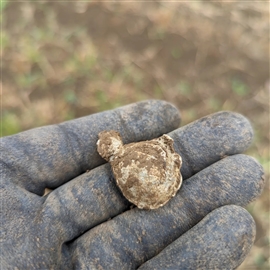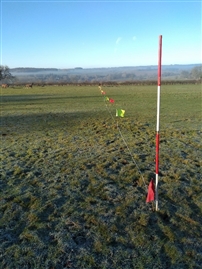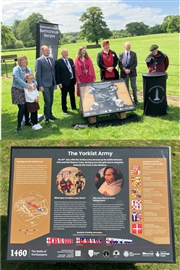News
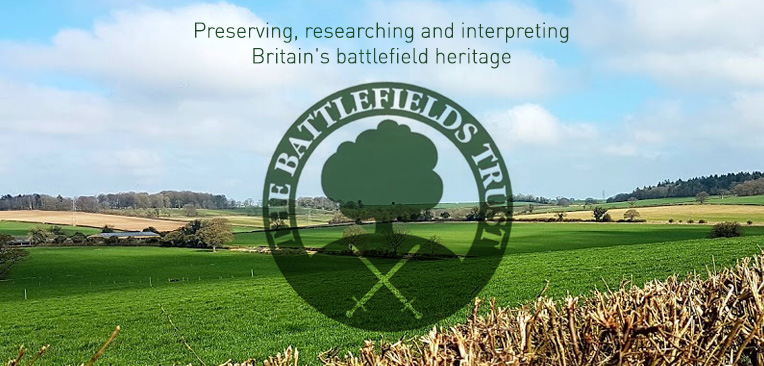
Bosworth - Battlefield Trust Letter to Hinckley and Bosworth Borough Council Planning Committee Members
21 September 2018
On 19 September, the Battlefields Trust sent the following letter to Hinckley and Bosworth Borough Council Planning Committee members explaining why the Trust disagrees with the planning advice the Committee has received in respect of the proposed autonomous vehicle planning application for Bosworth battlefield and why battolefields are important heritage assets.
The Planning Committee meets on 25 September to determine the outcome of the planning application. The Trust has been denied an opportunity to speak at the meeting by the Council, but is working with the Richard III on a joint statement of opposition. A further update will be provided once the planning decision has been taken.
BEGINS
Dear Hinckley and Bosworth Borough Council Planning Committee member,
In advance of the site visit in connection with planning application 18/00425/FUL, which affects the Bosworth battlefield, I am writing to you on behalf of the Battlefields Trust to set out the Trust’s position on the planning advice that you have received from Historic England and Council officials and to explain why battlefields are important heritage assets.
I apologise for the length of this email, but the Battlefields Trust judges it is important that you understand in summary:
- That in the Trust’s view Historic England’s assessment is at odds with current government guidance on defining substantial harm to heritage assets and it has underplayed the significance of the threat to the battlefield at Bosworth
- That, also in the Trust’s view, the implications of the National Planning Policy Framework and Policy DM12 in the Hinckley and Bosworth Borough Council Local Plan have not been fully articulated by officers.
Planning Advice Aspects
The planning issues I would like to address are those raised by the original planning report on the MIRA application produced by Hinckley and Bosworth Borough Council planning officers and within Historic England's letter to the planning officer of 5 September 2018.
Turning to the latter first. The Historic England Inspector identifies the key parts of the battlefield as being the royalist encampment, Henry's approach and the battle itself. The Inspectors view is that these key areas are unaffected by the development. In respect of the royalist camp this is correct, but for the approach of Henry's army the information provided to the planning committee by the Battlefields Trust demonstrates that this is incorrect. For the battle, it is clearly not the case, as archaeology relating to the fighting has been found on the proposed development site by the applicant's pre-development archaeological investigations; the location of an artillery round-shot fired during the battle being physical evidence of the location of that battle. Dr Foard addresses this issue further in his email.
It is important that Historic England has identified these locations as key parts of the battlefield as the government's own planning guidance sets out the criteria for determining substantial harm to heritage assets (see https://www.gov.uk/guidance/conserving-and-enhancing-the-historic-environment). The relevant paragraph in this guidance says:
Whether a proposal causes substantial harm will be a judgment for the decision taker, having regard to the circumstances of the case and the policy in the National Planning Policy Framework. In general terms, substantial harm is a high test, so it may not arise in many cases. For example, in determining whether works to a listed building constitute substantial harm, an important consideration would be whether the adverse impact seriously affects a key element of its special architectural or historic interest. It is the degree of harm to the asset’s significance rather than the scale of the development that is to be assessed. The harm may arise from works to the asset or from development within its setting (my emphasis)
On this basis substantial harm considerations need to relate to key elements of historic interest in respect of the heritage asset (which Historic England has now helpfully identified for Bosworth battlefield) and it is the degree of harm to the asset rather than the scale of development that matters; whether the development harms 0.5 percent or 20 percent of the heritage asset is not necessarily relevant.
Given this, the fact that some of the key elements can objectively be shown to be adversely affected by the proposed development and that the current heritage assessment guidance is clear that it is not the scale of the development but the harm that arises to these key elements that determines whether harm is substantial, then the Trust argues that this high threshold has been reached.
The Battlefields Trust therefore judges that Historic England’s assessment does not accurately reflect the full extent of the threat to the battlefield. This is unfortunate, but understandable. Since the decision to abolish its Battlefield Panel in 2015, Historic England has been without specialist battlefield advice and has had to rely on its more generalist local inspectors. These have a good expert understanding of heritage issues in the round, but no specific battlefield expertise.
The issue of harm, including substantial harm, is of particular importance. The Battlefields Trust has noted the advice report on application 18/00425/FUL prepared by the Borough Council's planning officers. It was surprised that National Planning Policy Framework (NPPF) paragraph 194 did not seem to have been referenced and that the full implications of para 193 was not drawn out in this document. In light of this, it is worth setting out para 193 and para 194 of the NPPF in full:
193. When considering the impact of a proposed development on the significance of a designated heritage asset, great weight should be given to the asset’s conservation (and the more important the asset, the greater the weight should be). This is irrespective of whether any potential harm amounts to substantial harm, total loss or less than substantial harm to its significance [my emphasis]
194. Any harm to, or loss of, the significance of a designated heritage asset (from its alteration or destruction, or from development within its setting), should require clear and convincing justification. Substantial harm to or loss of:
a) grade II listed buildings, or grade II registered parks or gardens, should be exceptional;
b) assets of the highest significance, notably scheduled monuments, protected wreck sites, registered battlefields, grade I and II* listed buildings, grade I and II* registered parks and gardens, and World Heritage Sites, should be wholly exceptional [my emphasis].
All parties agree that Bosworth battlefield is a heritage asset of international importance. NPPF para 193 therefore imposes a duty on the planning committee to attach great weight to its conservation. All parties are also agreed that the proposed development will cause harm to the battlefield. On the basis of NPPF para 194 the planning committee is required to decide whether there is clear and convincing justification for agreeing the application. If not, the application should be rejected.
Separately policy DM12 of the Hinckley and Bosworth Borough Council Local Plan is stronger than the NPPF when it says ‘Proposals which adversely affect the Bosworth Battlefield or its setting should be wholly exceptional and accompanied by clear and convincing justification’. Adverse affect – something bad happening - is at a level below substantial harm, but the plan suggests even at this level, any development should be wholly exceptional.
Notwithstanding this, if the planning committee accepts the Battlefields Trust argument that substantial harm would now be caused, based on Historic England's declaration of the key elements of the battlefield in its 5 September letter and the criteria in current government ‘substantial harm’ guidance, then such development should, in any case, be wholly exceptional and the planning application rejected unless such exceptional circumstances can be evidenced. The Trust has seen no such evidence to date.
The Importance of Battlefields as Heritage Assets
People visit battlefields for a variety of reasons. Some are military historians who want to understand the lie of the land and compare the accounts of the battle to the terrain which survive from the period. Seeing the ground at first hand and identifying important features can add considerable understanding to the way a battle was fought. Others visit because there is a strong sense of place where momentous events occurred which provides an opportunity for them to walk in the footsteps of history. Battlefields are also a place of contemplation for some, where they can remember the brutal events that occurred and show their respect for those who fell in battle.
Battlefields harbour the archaeology of conflict. This is a fragile and limited resource, deposited in a matter of hours and existing only in the plough soil. Recovering and recording such archaeology systematically (often only through sampling due to the scale of battlefields), augments the written accounts, historic landscape and field walking to provide a rich additional resource for understanding how the battle was fought.
Bosworth is exceptional in this respect, now having given-up around 40 late medieval artillery round shots, more than the rest of Europe put together. The analysis of these finds has provided new insight, not only into how the battle at Bosworth was fought, but also how early firepower developed. These finds and their analysis have been recognised as being of international importance.
As the Hinckley and Bosworth Local Plan says ‘the Battle of Bosworth ranks with Hastings as one of the most decisive battles in British history and is considered of outstanding national and international importance’. It is where the Plantagenet dynasty ended and the Tudor one began. It ended the medieval period and heralded the modern. It is one of the most important battlefields in England and its preservation should be of high priority for everyone.
ENDS
 Collapse of Powick Bridge
Collapse of Powick Bridge
15 April 2024
Read More
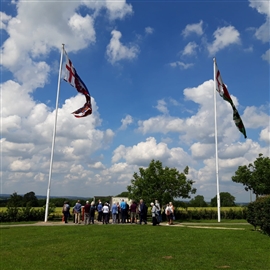 Sculpture trail at Bosworth battlefield underway
Sculpture trail at Bosworth battlefield underway
14 November 2023
Read More
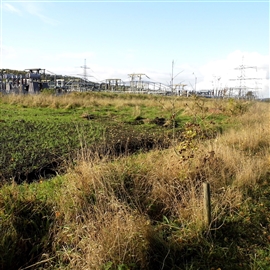 Historic England say no change in Heritage at Risk battlefields
Historic England say no change in Heritage at Risk battlefields
12 November 2023
Read More
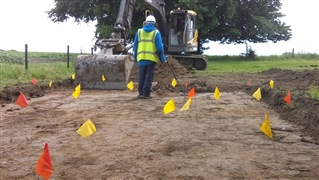 Battlefields Trust publishes new guidance on managing change on battlefields
Battlefields Trust publishes new guidance on managing change on battlefields
10 November 2023
Read More
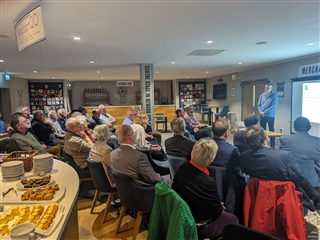 British Civil Wars memorial database officially launched
British Civil Wars memorial database officially launched
8 November 2023
Read More
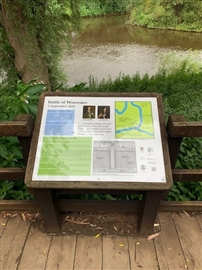 Worcester battlefield information board replaced
Worcester battlefield information board replaced
3 August 2023
Read More
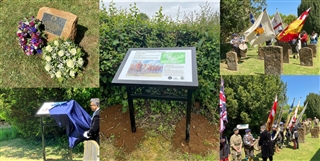 New Civil War battlefield memorial and information board unveiled at Middleton Cheney
New Civil War battlefield memorial and information board unveiled at Middleton Cheney
6 June 2023
Read More
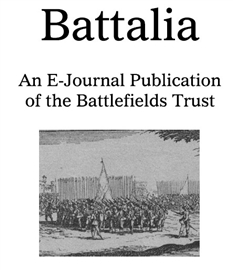 Battlefields Trust Journal - Call for submissions
Battlefields Trust Journal - Call for submissions
20 October 2022
Read More



